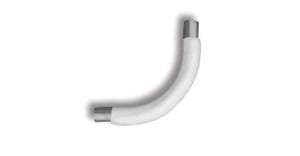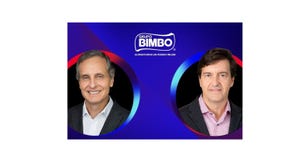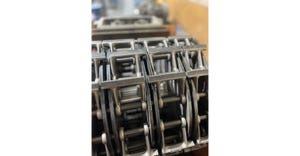May 20, 2015

By Joe Florkowski
Dust explosions have interested Chad Mashuga since he was a child – he remembers growing up in Duluth, MN and seeing television reports about grain elevator explosions. As an 8-year-old, Mashuga wondered, “How can grain possibly cause an explosion?”
Years later, Mashuga is still trying his best to understand why grain, and powders, and dusts, and various materials cause explosions as an assistant professor with the Artie McFerrin Department of Chemical Engineering at Texas A&M.
Mashuga has moved from the private sector to the public sector to better understand the science behind dust explosions and investigate ways that equipment and processes can be improved to prevent such incidents.
After spending 15 years with BASF and The Dow Chemical Co. Mashuga joined Texas A&M in 2014 to fill in some of the gaps in solid material education he discovered while working in the private industry. Working at BASF and Dow, Mashuga found that industry knowledge was limited regarding dry material and that is partly because colleges don’t offer much education in the field.
“If you look at chemical engineering, they don’t really cover solids,” Mashuga said.
Seeing these knowledge gaps in the industry spurred Mashuga to further his research at Texas A&M.
“What do we need to answer from an industrial standpoint to keep things safe?’ Mashuga said.
Some of the areas that Mashuga plans to explore are dust suppression systems, specifically examining inert, or non-combustible dusts, that are used to extinguish/suppress combustible dust explosions.
Find out more about the latest in Powder & Bulk Solids technology and equipment at Powder Show Canada June 16-18, 2015 in Toronto, Canada. |
Inert dusts have been used for years within industries, Mashuga said, specifically citing the use of mixed powdered rock dust in coal mining to suppress explosions.
Research has shown that dust or powders that are small – 128 microns or less – are the most effective at extinguishing combustible dust, Mashuga said. Powdered materials that are small keep the oxygen and fuel from combining in a dust explosion, diluting the initial combustion, he said.
Knowing what type of dust to use to suppress an explosion or other combustible dust can be helpful, he said.
“What is the most optimal dust to spray in there?” Mashuga said.
The other area of research that Mashuga intends to explore is how testing equipment can be improved to better prevent dust explosions.
In the private industry, equipment follows ASTM standards but Mashuga discovered that companies would often need to modify equipment for unique situations.
One of the pieces of testing equipment that Mashuga would like to research is the 20 L device – a measurement tool that companies can use to determine the force and thermodynamics of combustible material. With the data from a 20 L device, companies can know how big to make the vent panels on explosion suppression equipment, he said.
If there is one solid piece of advice Mashuga can provide about preventing dust explosions, it’s to follow two cardinal rules – the first is know thy dust. If you are working with a dust or powder, you should know what its minimum ignition energy is as well as its Kst – the explosibility level of the dust. The second cardinal rule that facilities should follow is diligent housekeeping.
“It all goes back to the basics of dust hazard evaluation,” Mashuga said.
Joe Florkowski is the managing editor for Powder & Bulk Solids. He can be reached at [email protected]
For related articles, news, and equipment reviews, visit our Explosion Protection & Safety Equipment Zone.
Click here for a List of Explosion Protection & Safety Equipment Manufacturers and Equipment.
You May Also Like


